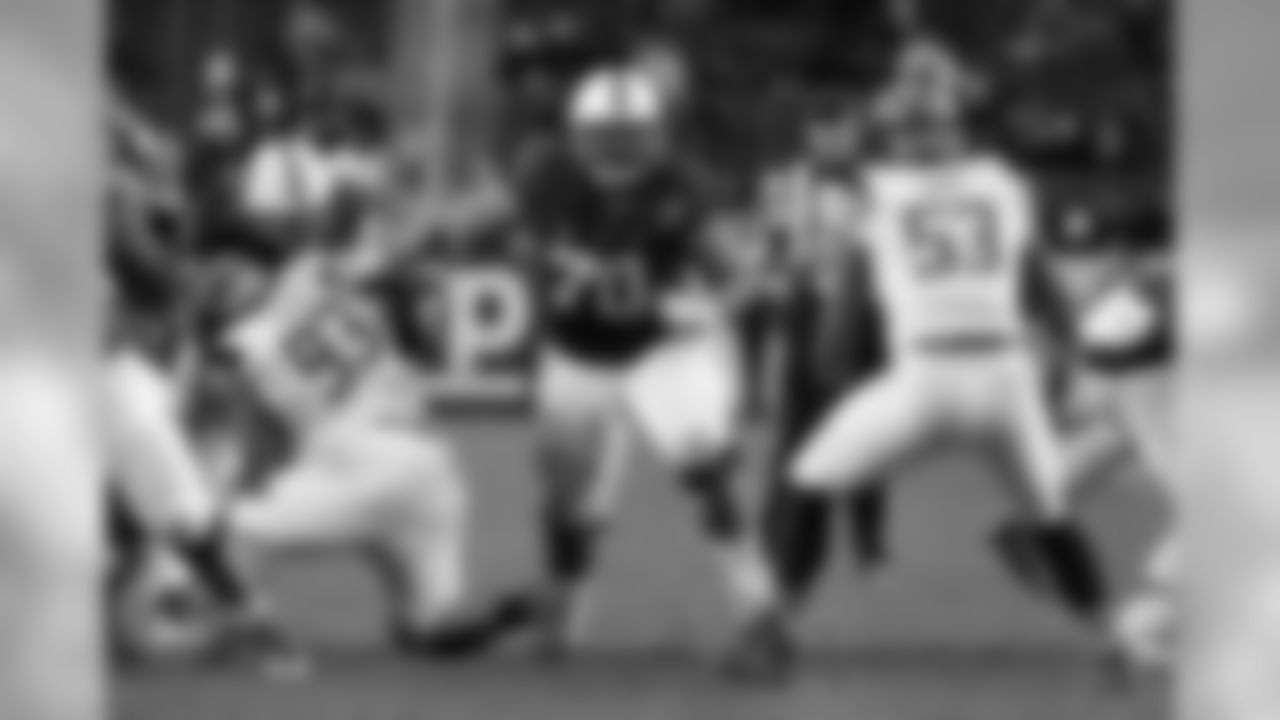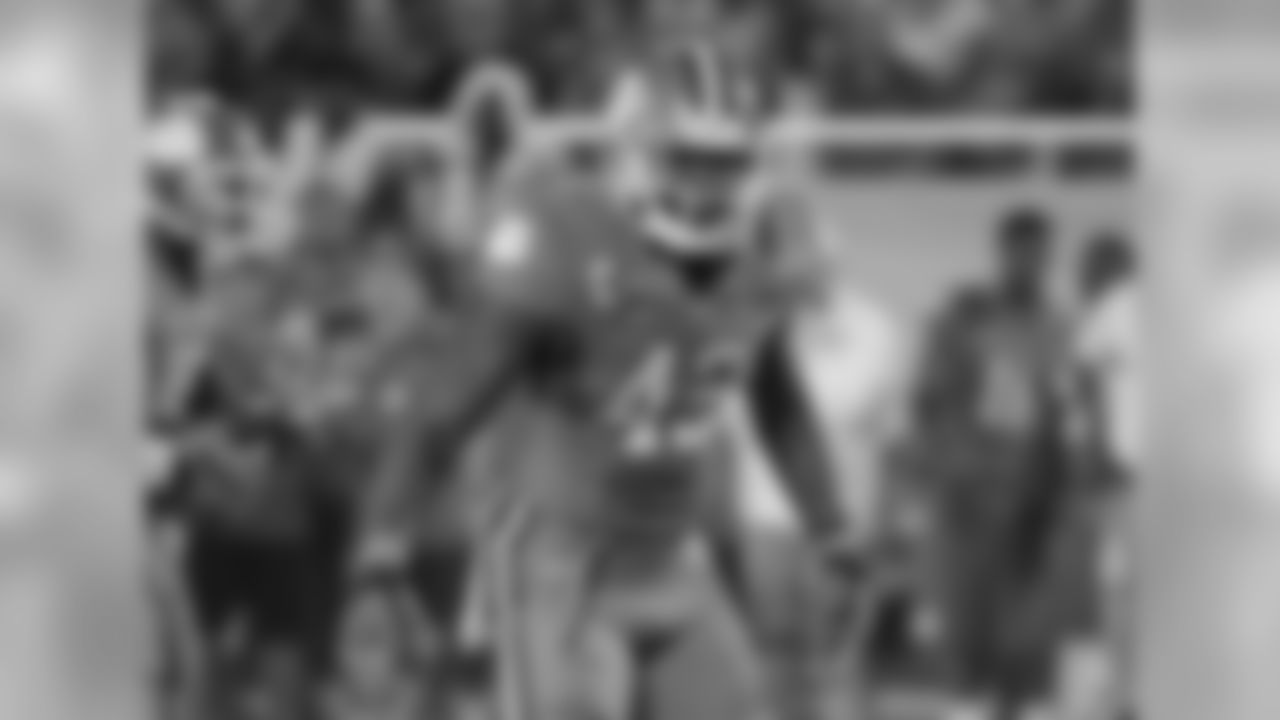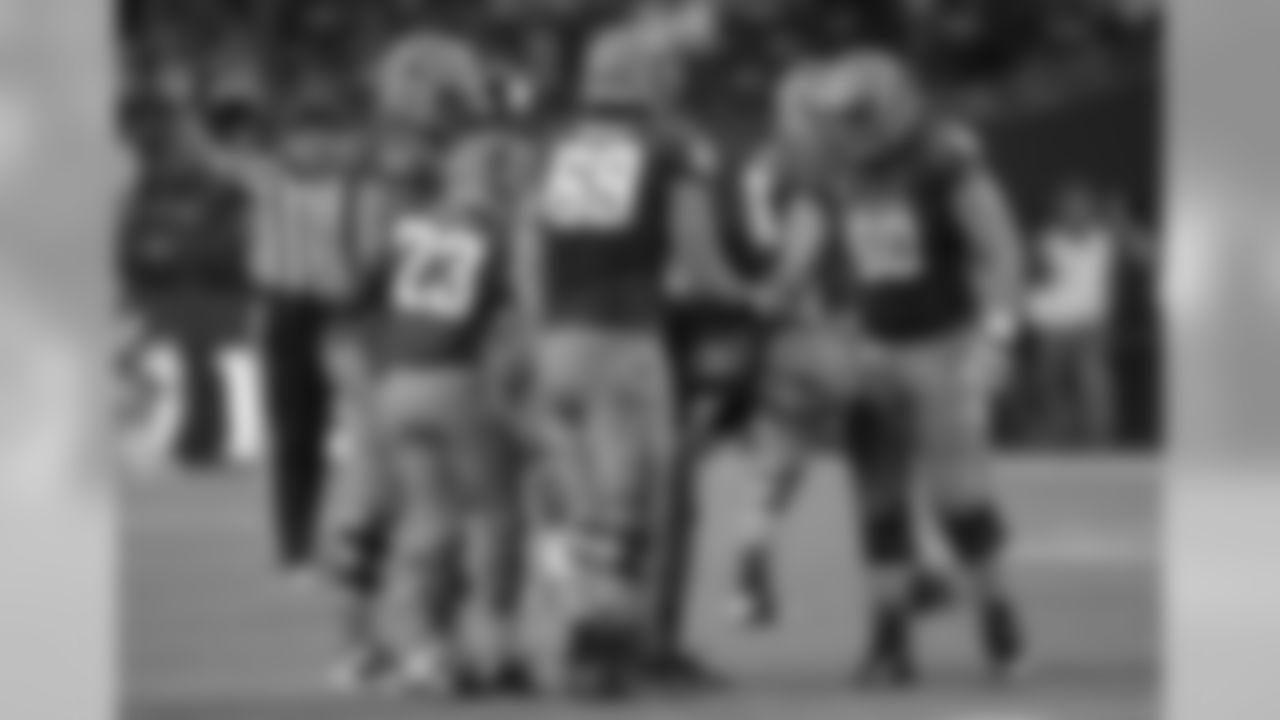Photos of the Buccaneers' division rivals' draft picks.





















Related Links
Articles
Fans' favorite Bucs, No. 16
Fans' favorite Bucs, No. 17
Fans' favorite Bucs, No. 18
Fans' favorite Bucs, No. 19
Fans' favorite Bucs, No. 20
Photos
Videos
[

](http://www.buccaneers.com/news/index.html)
The Tampa Bay Buccaneers could soon be on the clock again.
A little over two months after the Buccaneers used the first overall pick in the 2015 NFL Draft on Florida State quarterback Jameis Winston, they might be slotted #1 again. The stakes are much lower, however, and the top seed is not guaranteed.
In this case, we're referring to the NFL's annual Supplemental Draft, which draws attention largely due to the fact that it occurs when league news is at its lowest tide, right before the tidal wave of training camps. It's certainly not because this midsummer event bears much resemblance to the 256-pick extravaganza in April and May; there hasn't been a single player selected in the Supplemental Draft over the last two years.
Still, the Buccaneers and their 31 fellow teams will convene (electronically) for this draft on Thursday, mostly to say, "pass." Again, the Bucs could have the first option on any of the seven available players, as the draft order will be picked using a weighted lottery system. Once that order is determined, teams may, if they wish, make sealed "bids" on any of the players. That is, if a team communicates to the league office that they are bidding a third-round pick on one of the prospects, they will be awarded that player if no other team submits a bid with a first or second-round pick, or a higher third-round pick.
That means the draft order really only becomes relevant if two teams bid in the same round. For the Buccaneers, it is completely irrelevant if they are not sufficiently enamored of any of the available players. The cost of picking in the Supplemental Draft is potentially prohibitive, too; a team that uses a pick in these proceedings forfeits their pick in the same round in next year's full NFL Draft.
Clemson offensive tackle Isaiah Battle is the player considered most likely to be the first Supplemental Draft pick since the Cleveland Browns used a second-rounder on wide receiver Josh Gordon in 2012. The other six players available include two defensive linemen who have had stops at both Pearl River Community College (in Mississippi) and University of West Georgia, Darrius Caldwell and Dalvin Stuckey. Coincidentally, the Buccaneers were responsible for the only player drafted out of Pearl River C.C., using a fifth-round pick on wide receiver Larry Brackins in 2005. Caldwell and Stuckey most recently played at UWG.
Rounding out the available prospects are Houston linebacker Eric Eiland, Connecticut tight end Sean McQuillan, Kansas cornerback Kevin Short and North Carolina Central wide receiver Adrian Wilkins.
Gordon is at once typical and atypical of the players generally available in the Supplemental Draft. He was a more intriguing prospect than most from a talent standpoint and actually emerged as an NFL All-Pro in just his second season, but off-field issues have since put his career on hold. It is sometimes issues like these that put players into the Supplemental field in the first place. Often, some part of the player's situation has changed between January, when underclassmen declare their eligibility for the regular draft and the summer, when the Supplemental Draft becomes an option.
The most common reason a player declares is that some sort of issue at his school, often academic, has made him ineligible for the upcoming college season. When that occurs, a college player who believes he has an NFL future will often decide to go straight to the professional ranks. The supplemental draft is there to save players such as these from waiting almost a whole year and missing an entire NFL season. Even if they aren't drafted, they become eligible to sign with NFL teams as free agents in the weeks leading up to training camp. Occasionally, a Supplemental Draft addition can make a significant impact on a team's season, too, as it did with Gordon.
The most famous Supplemental Draft incident came in 1985, when University of Miami quarterback Bernie Kosar ended up with the Cleveland Browns, his preferred destination. Kosar's agent helped engineer a trade of the top Supplemental Draft pick from Buffalo to Cleveland, after which Kosar declared himself eligible. That turn of events angered several other teams and directly led to a change in the way the Supplemental Draft is conducted. (It also indirectly affected the Buccaneers, who ended up picking first in the 1986 draft because Cleveland's would-be first-overall pick was forfeited; the Bucs took Auburn running back Bo Jackson, who refused to come to Tampa and chose to play baseball instead.)
There have been eight players who entered the league as first-round picks in the Supplemental Draft, most of them quarterbacks and most during the 1980s. That list started with Illinois quarterback Dave Wilson (to New Orleans) in 1981 and then continued with Kosar in 1985. It also includes colorful Oklahoma linebacker Brian Bosworth (to Seattle) in 1987, Miami quarterback Steve Walsh (to Dallas) in 1989, Washington State quarterback Timm Rosenbach (to Phoenix) in 1989, Alabama running back Bobby Humphrey (to Denver) in 1989, Syracuse wide receiver Rob Moore (to the N.Y. Jets) in 1990 and Duke quarterback Dave Brown (to the N.Y. Giants) in 1992.
Kosar, Humphrey and Moore are among the supplemental picks that worked out well for their teams, as was Navy offensive lineman Mike Wahle to Green Bay in 1998. The most decorated player to come out of the Supplemental Draft, however, is probably Cris Carter, the former Ohio State receiver who started out with the Eagles but became a star in Minnesota. Carter was inducted into the Pro Football Hall of Fame in 2013.
The Buccaneers have only dipped into the supplemental pool once, when they took University of Miami defensive tackle Dan Sileo in the summer of 1987. It was not a successful move for the team, as Sileo's NFL career consisted of just 10 games during that '87 campaign. Somewhat more recently, the Buccaneers ended up with fullback Darian Barnes, a Supplemental Draft entry in 2002. Barnes wasn't drafted, but he signed as a free agent with the New York Giants and was later picked up by the Buccaneers when the Giants released him. Barnes was a member of the Bucs' 2002 Super Bowl championship team and appeared in 20 games total over the 2002-03 seasons.
























